SRAM Force eTap AXS VS Shimano Ultegra Di2
In this Article
Posted on September 13, 2021
SRAM Force eTap AXS and Shimano Ultegra Di2 are both extremely efficient and well-known electronic groups of cyclists from around the world. If they are so popular, it is surely because they have a large part of the qualities of their great RED brothers and dura-ace, at prices much more affordable.
The Ultegra Di2 of Generation R8000 exists since 2017 while Force eTap AXS was launched in early 2019.
Shimano has just announced (in August 2021) that the new Ultegra Di2 will have 12 speeds and will be entirely wireless from October 2021, reducing the differences with the strength of SRAM. However, for current used bikes, this is not yet the case. In this article, we will look in detail on these two groups as currently in circulation and try to decide them by proposing a detailed comparison.
Main features of SRAM Force eTap AXS
- 12 speed wireless electronic group
- Options Hydraulic Disk Brakes or Skard Brakes
- New pedal / cassette ratios with a 10 T pinion
- Designed for 1 × or 2 ×
- XDR free wheel body
- Change of speed via a button on each lever
- Removable rechargeable batteries on derailleurs, Button batteries in the controllers
- Customization and load tracking via mobile application (Android or iOS)
Main features of Shimano ULTEGRA DI2
- 11 speed wireless electronic group
- Options Hydraulic Disk Brakes or Brakesskates
- Double pedal options or compact crankset
- 2 × only but compatible with GRX 1 ×
- Change of speed via two buttons on each lever, imitating the mechanical groups
- A single large rechargeable battery generally concealed in the saddle stem
- Customization via wired PC connection or tablet application / phone using a Bluetooth connection
Ergonomics, Settings and Speed Changes

The mechanical groups of Sram DoubleTap, a system that rests on buttons mounted behind the brake levers. ETAP is visually similar, but the buttons are simple switches, the default layout being: the button behind the right lever to speed up the rear derailleur; The button behind the left lever to downgrade the rear derailleur; The buttons behind both levers simultaneously for speed changes on the front derailleur.
It's a very easy system to explain to beginners, it is all the more if you activate the sequential speed change (explained below) because you do not have to think about the change of speed From the front derailleur.

The default di2 speed change arrangement Shimano Imates the mechanical speed change in that there are separate buttons on each lever for upper and lower speed changes. However, unlike mechanical levers, the brake lever does not move laterally to change the speed - braking and speed change are completely separated.
Shimano has long been criticized for its relatively undifferentiated DI2 gearshot buttons. It has not really changed - they are always very close to each other and do not feel easily through gloves, but Well, we get used to it!
The buttons themselves have a pleasantly cushioned sensation, probably more enjoyable than the plastic click of the buttons of Etap. As the system does not have to decide if you want to press the buttons simultaneously as it does with ETAP, the change of speed before is incredibly fast and remarkably fluid.
Both systems have the opportunity to support the speed change from the front derailleur, allowing you to simply pass at the upper or lower gear.
In this mode, that SRAM calls "sequential speed change" and Shimano "synchronized speed change" (or sync), the decision on top speeds and demotion to include a change of front derailleur is taken into account automatically by the system. This occurs at predetermined points that allow a smooth progression between the gears.
The precise behavior of the two systems can be customized via the respective applications of the marks.
Alternatively, in "Compensation" or semi-synchronized mode (Shimano) mode, you can change the speeds on the front derailleur yourself, but the rear derailleur moves at the same time to reduce the size of the jump between the speeds.
Both groups also allow you to change the global speed change provisions (for example, reversing changes in speed up and down), but Shimano has a small advantage here because there is a hidden button on The top of each gear lever. These buttons can Be assigned to a number of things, including third-party device control such as Garmin GPS.
Both groups allow you to add additional separate buttons called Satellite / Sprint (Shimano) or Blips (SRAM) Levers.
Conclusion:SRAM deserves praise for its intuitive speed change logic, Shimano for its fast and fluid speed change, but both groups work very well in practice.
Visual aspect
The aesthetic side is obviously very subjective, but there are clear differences between the two groups that deserve to be noted.

Sram Force AXS ETAP has no speed change cables, the general appearance is incredibly clean. The aesthetic is very elegant and modern, which is perfect for some bikes (especially bicycles for which the brake cables are fully hidden inside the frame).
That said, the finish is a little less good, with a somewhat plastic appearance surface.
The two-tone pedal shares the design of the Red line, but the difference in range is noticeable. Similarly, SRAM Force has none of the brilliant metal parts of the flagship group.
SRAM Electronic Derailleurs are quite big because of the need to have separate batteries in a wireless system.

Some bike manufacturers better hide the cables than others, but basically, Shimano Di2 has a less clear aspect than ETAP because everything is connected via physical cables and these must be routed from the levers to derailler, via the hanger and the frame.
However, Shimano did a very good job to shrink its hydraulic components, creating levers without particular growth. The di2 version is slender, with a rather elegant lateral profile, and certainly more discreet than that of SRAM.
Ultegra's finish is also very clean, looking almost as expensive as his big brother Dura-Ace. The pedal is beautiful, with lines that manage to be both muscular and delicate.
However, the finish is relatively easy to damage depending on the pedaling style.
Conclusion:Equality. Etap is overall more neat, but Shimano's levers are more elegant and the group's entire finish seems more upscale.
Cranksets and cassettes

Sram Launched a new approach with its AXS groups, removing traditional double and compact ratios in favor of closer pedal trays, adapted to a wider range of cassettes.
With a small pinion of 10 t on its 12-speed cassettes, SRAM Force now offers two reports on the double pedal: 46/33 T and 48/35 T, both with a difference of 13 T between the inside and outdoor trays.
Strength Etap AXS also offers 1 × transmission, and strength pedals are available with trays ranging from 36t to 48T. The AXS groups usually use the design of the SRAM Dub Crankset, which works with virtually all frames. Cranksets are also available with a 24 mm (GXP) axis for adapting to Italian threaded frames TREK BB90 and 70 mm.
The matching XG-1270 cassette is available as an option 10-26T, 10-28T and 10-33T. This means that the lowest ratio that can be reached with force ETAP AXS is a 33/33 T, while the highest is 48/10 t.
The cassette adapts to the XDR free wheel body.
There is only one rear derailleur Strength Etap AXS, so you do not have to worry about much, that you use 2 × or 1 × it will work as long as you keep everything in AXS.

The offer of Shimano is much more traditional in terms of component choice. The ULTEGRA R8070 DI2 offers exactly the same demultiplication options as the mechanical ultragra: pedal 50 / 34T, 52 / 36T, 53 / 39T and 46 / 36T, and cassettes 11-25T, 11-28T, 11-30t, 12 -25T, 14-28T, 11-32T and 11-34T.
By default, ULTEGRA di2 is only in 2 ×, although the launch of the Gravel GRX range means that Shimano now offers 1 × group-compatible transmissions, as well as extra-useful additional pedalings.
However, attention must be paid to compatibility. GRX pedals have a slightly wider chain line than standard road cranks and are intended for use with GRX front derailleurs. All Shimano crankcases work with the same HollowTech II pedal housing standard, which has not changed for years and works with all frames.
There are two DI2 rear derailors: the short-cleft version (SS) covers 11-25T 11-30T cassettes, while the average clevis option (GS) is suitable for those ranging from 11-28t until 11- 34T.
Conclusion: SRAM, for its purified approach to gears, versatility and comprehensive compatibility.
Brakes
There is not much to say to separate the Sram and Shimano disc brakes.
Shimano uses exclusively mineral oil as a brake fluid while Sram uses dot 5.1. The dot fluid has some theoretical benefits in terms of performance, but on the road, you will probably not notice any difference.
It should be noted that the dot fluid can do a lot of damage if you spill it on a painted surface, so you have to be careful when handling. From day to day, however, it's not a problem.
Shimano's braking is firmer, but both systems offer excellent braking in all conditions. One is not really better than the other.
A small difference is that when the brakes are not tight, the SRAM platelets are slightly closer to the disks. This means that friction is more likely in the case of a slightly folded disk or during the presence of mud and gravel. Most of the time, it makes no difference.
Conclusion: 1 point each.
Connectivity
SRAM Etap and Shimano Di2 groups can be connected to third-party devices to customize specific features. Both may also be used as such in their default modes without intervention, but this connectivity unlocks additional performance if you wish.
Sram Strength ETAP AXS has a key advantage over this front: Assuming you have a smartphone, you do not need additional hardware to interact with your group because wireless connectivity is integrated.
Cyclists should simply install the AXS application on their phone (it's available for Apple and Android devices) and then they can connect directly to controllers and derailleurs to change the settings and keep an eye on the life of the battery.
This last point is particularly useful because, while the derailors operate with batteries that are loaded as part of a regular maintenance, the speed levers use single-use button batteries that must be replaced periodically.
The approach of Shimano With the ULTEGRA DI2 in connectivity is less simple. You can either use a wired connection via the DI2 charger, or you can buy the EW-WU111 Bluetooth adapter, an additional component that is not included with most DI2-equipped bicycles.
Shimano users can, however, be slightly less likely to want this additional connectivity because the two optional change modes are accessible via the button on the connection box, without any pre-programming.
Conclusion:SRAM, for its easier approach to connectivity, requiring any additional material.
Autonomy
The batteries obviously need to be loaded in both cases and there are significant differences in this area. Sram Uses disposable button batteries in separate removable reloadable controllers and batteries for derailleurs.
Button batteries last from months or years (about two years according to SRAM, but it will depend on the use) while the life of the derailleur battery is usually a few weeks.
If a derailleur battery falls flat, you can still exchange the batteries temporarily.
Shimano Uses a single central rechargeable battery that usually lasts months (at least 2,000 km depending on Shimano, usually 2,500 to 3,000 km depending on the frequency to change speed) and is loaded in situ.
The slight danger with Shimano is that the battery should be loaded so rarely that it is easy to forget it completely, but it is quite easy to check the charge state via the indicator light on the connection box.
Conclusion:Draw.
Weight
Sram claims that a full group Strength Etap AXS HRD 2 × weighs 2 812 g with 48/35 T plateaus, 175 mm crankcases, a BSA DUB pedal housing, a 10-28 T cassette and 160 mm disks.
In its slight standard configuration, Shimano claims that a group ULTEGRA di2 R8070 weighs 2,452 g, but this figure omits the battery and all cables, which add about 110 g based on the digits provided by Shimano.
A more typical choice of gears (11-28 t instead of 11-25 t) and 160 mm disks (instead of 140 mm) will increase the total of about 60 g, for an estimated total weight of about 2,620 g.
(This number will always vary depending on how you configure your group of course, the cables are available at different lengths, and some cyclists will choose to include extras such as satellite gear levers and the Bluetooth interface EW-WU111 .)
There are many variables in the choice of both groups, but it seems that the ULTEGRA DI2 disk version is slightly lighter than force ETAP AXS HRD; A difference of perhaps 190g or more.
Conclusion:Shimano, but the difference is really very weak and it depends more on the configurations you compare.
Price
There is aggressive competition on online prices, moreover, it is difficult to compare these figures because resellers generally bring together SRAM and Shimano components differently.
Here is still an overview of what existed online at the time of publication of this article.
SRAM FORCE ETAP AXS DISC 2X: Recommended selling price: 2500 € / real price: about 1500 €.
Shimano Ultegra Di2 R8070 Disc 2x: Sales price recommended: 2700 € / Real price: around 1700-2200 €.
Conclusion
On paper, Sram seems to be the winner. It has a speed more, it is easier to configure and it offers simple Bluetooth connectivity without additional parts.
If you build a bike from scratch, SRAM component options are much less confusing than Shimano, with fewer compatibility issues and no wiring problems.
That said, there are still valid reasons why we could prefer Shimano. The ULTEGRA DI2 has a globally better appearance than its rival, even if it does not offer the cleanliness of a wireless group.
The finish is more luxurious and the levers have reassuring strength.
It's quite subjective, however - some cyclists will undoubtedly prefer the less bright SRAM style and if you want wirelessly, there is clearly only one choice today.
The arrival of the new group ULTEGRA di2 12 speeds 100% wireless end 2021 may also change the situation, perhaps in favor of Shimano?
SRAM's ultra-simple speed change arrangement is a delight, but all cyclists will not like the dual pressure required for a change of front derailleur, preferring dedicated buttons for each shift action.
In the end, Force Etap AXS and ULTEGRA DI2 are both excellent groups and the choice will depend to a large extent on your personal preferences.
And you, what group would you prefer to have on your bike? Tell us about your reflections in the comments.


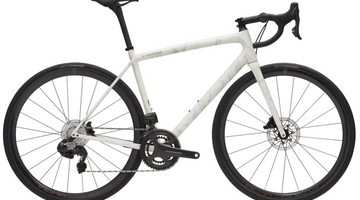

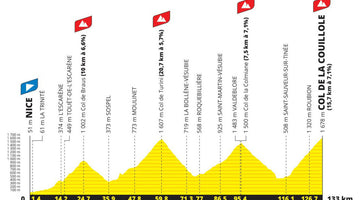

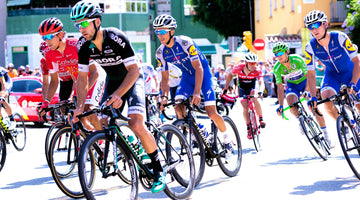
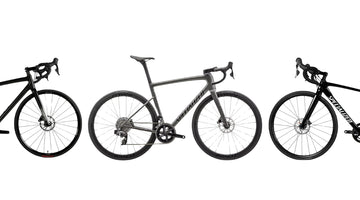
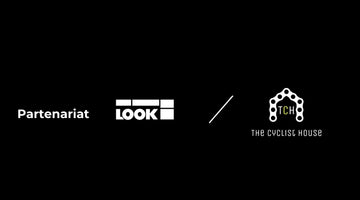
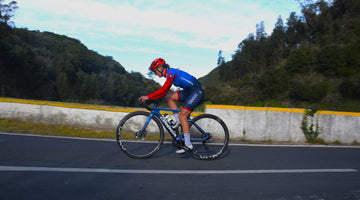

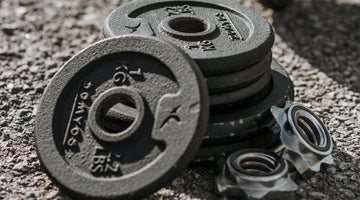


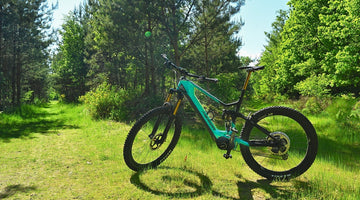
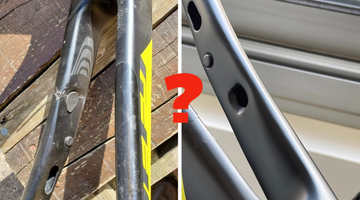
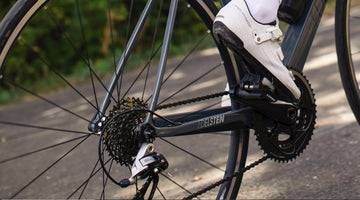

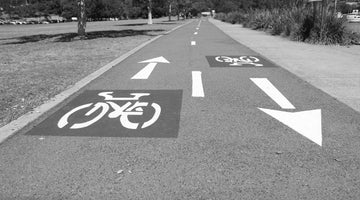
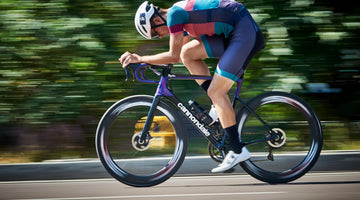

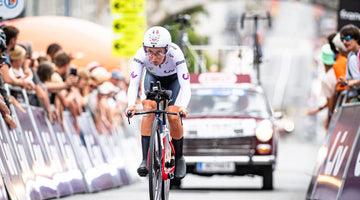





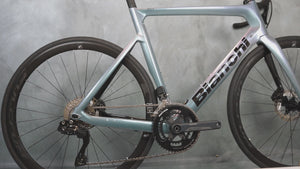
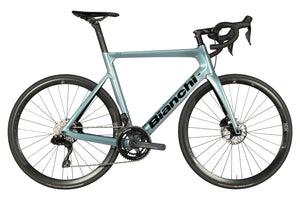
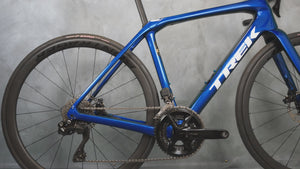
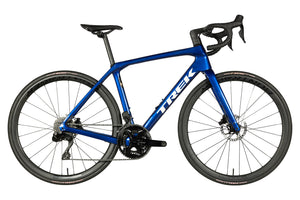
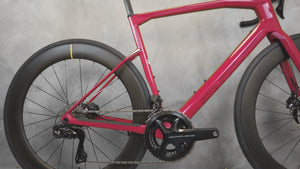
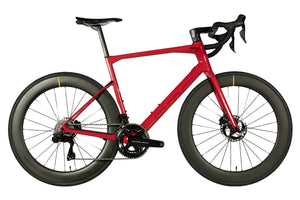
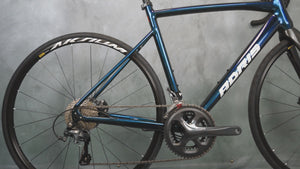
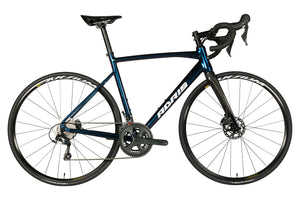
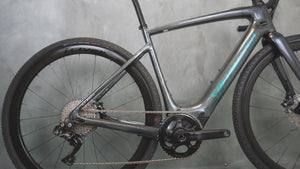
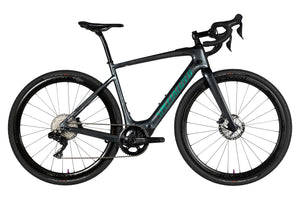
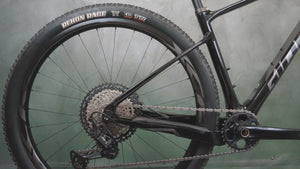
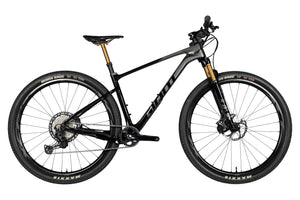
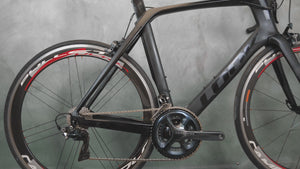
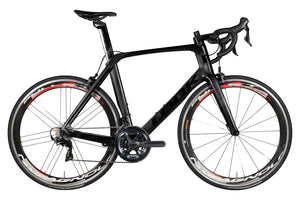
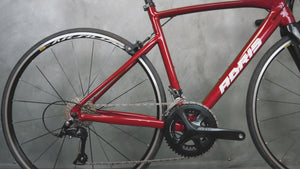
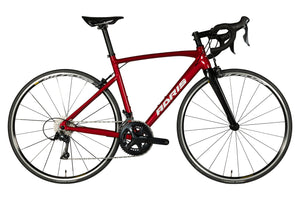
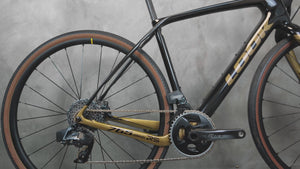
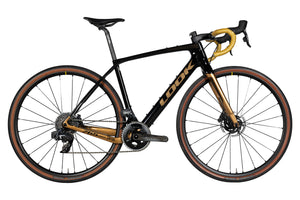
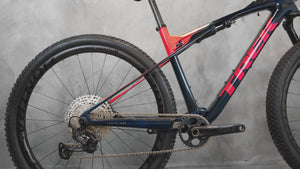
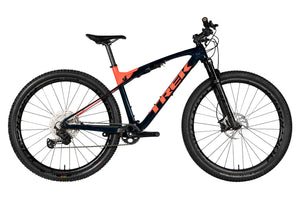
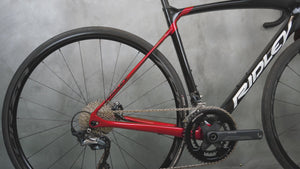
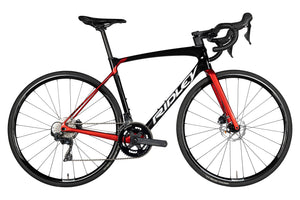
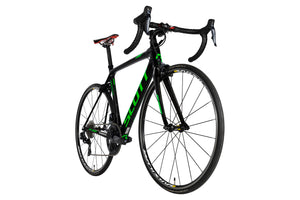
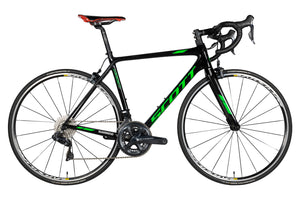
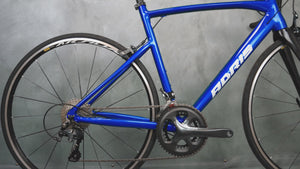
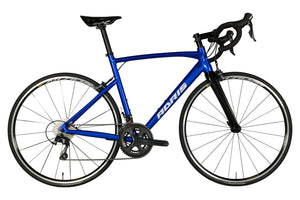
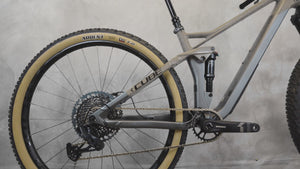
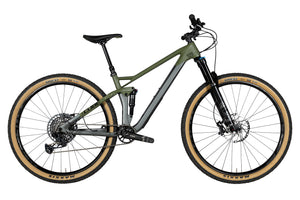
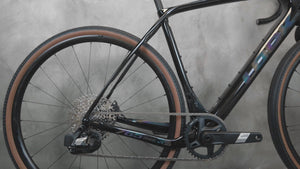
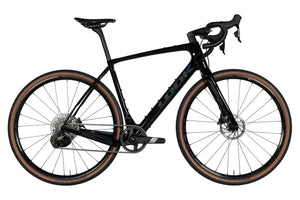
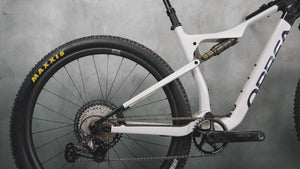
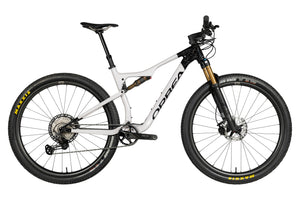
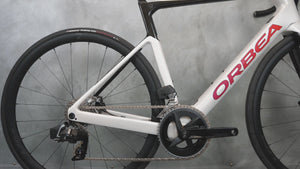
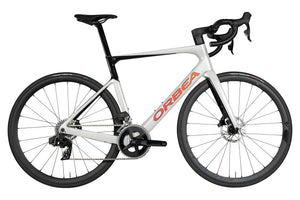
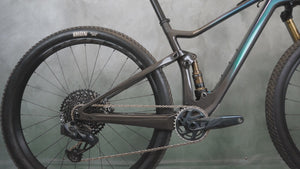
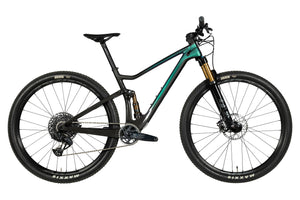
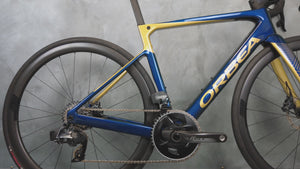
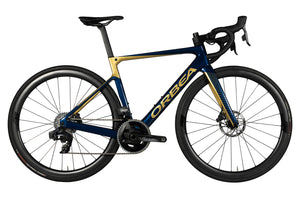
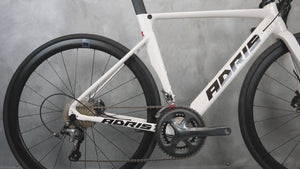
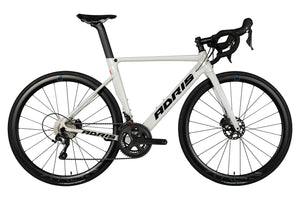
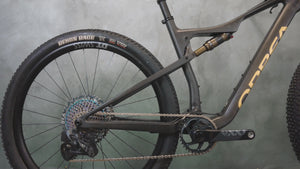
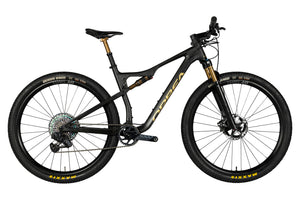
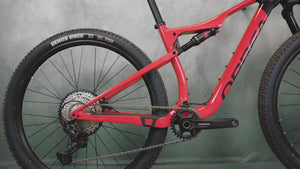
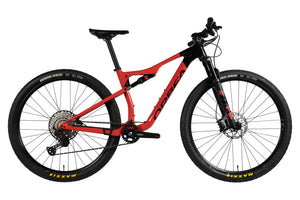
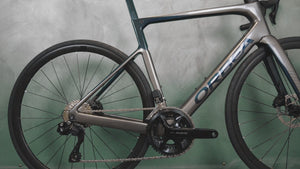
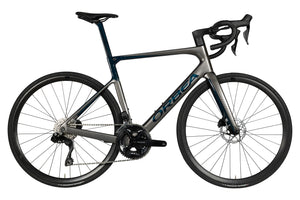
1 comment
Bravo; Ce blog est bien fait et semble etre “honete” (impartial et/ou non subventionné par des fabriquands). Les descriptifs et comparatifs sont clairs et bien ecrits